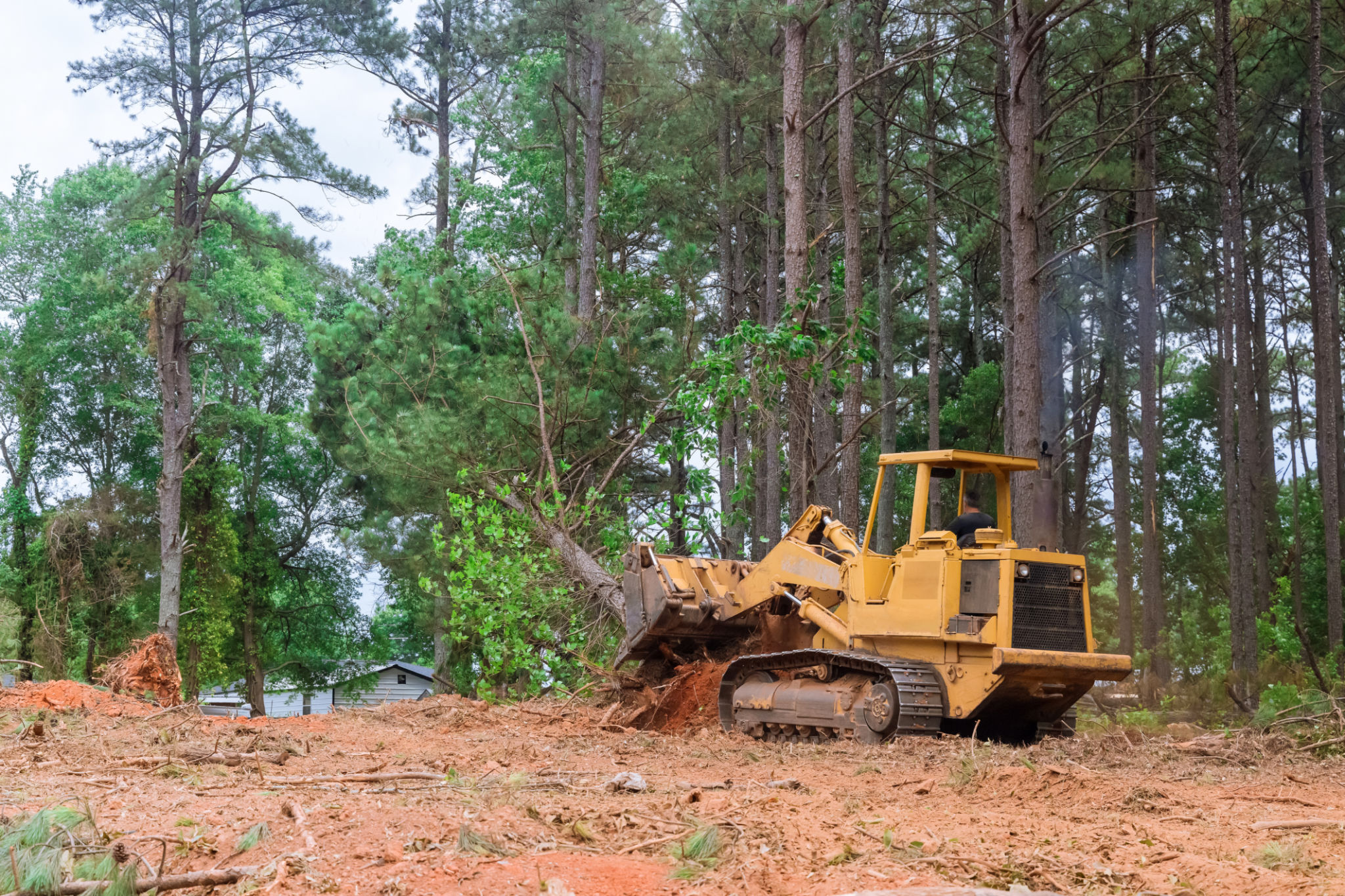Comprehensive Guide to Forestry Mulching: Benefits and Best Practices
Understanding Forestry Mulching
Forestry mulching is a land-clearing method that involves the use of a single machine to cut, grind, and clear vegetation. This technique is gaining popularity due to its efficiency and minimal environmental impact. By utilizing a mulching machine, landowners can transform overgrown areas into usable spaces without the need for multiple pieces of equipment.
A forestry mulcher typically grinds trees, brush, and other vegetation into mulch, which is then left on the ground to decompose. This process not only clears land but also enriches the soil with organic matter, promoting healthier plant growth in the future.

The Benefits of Forestry Mulching
Environmental Advantages
One of the most significant benefits of forestry mulching is its environmental friendliness. Unlike traditional land-clearing methods, which often result in large amounts of waste and require burning or hauling debris away, mulching recycles organic material back into the ecosystem. This helps prevent soil erosion and promotes natural habitat regeneration.
Additionally, since mulching leaves a layer of organic material on the ground, it can suppress weed growth and retain soil moisture. This leads to improved soil health and reduced need for chemical herbicides or fertilizers.

Cost-Effectiveness
Forestry mulching is not only eco-friendly but also cost-effective. By using a single machine, landowners can save on labor and equipment costs. The process is quicker than conventional methods, reducing the time needed to clear large areas of land.
Moreover, the ability to convert unwanted vegetation into beneficial mulch eliminates disposal fees and transportation costs associated with clearing and hauling debris. This makes forestry mulching an attractive option for both small private properties and large commercial projects alike.

Best Practices for Forestry Mulching
Choosing the Right Equipment
Selecting the appropriate forestry mulching equipment is crucial for efficient operation. Consider factors such as the type of vegetation to be cleared, terrain conditions, and project size. Common machines include skid steers with mulching attachments and dedicated mulching machines designed for different capacities and environments.
Consulting with a professional or renting equipment from a reputable provider can ensure that you choose the right tools for your specific needs. Proper maintenance of machinery is also essential to ensure safety and optimal performance during operations.
Timing and Planning
Timing plays a key role in successful forestry mulching. Ideally, land clearing should be planned during dry seasons to minimize soil compaction and prevent machinery from getting stuck in wet conditions. Additionally, planning ahead allows you to avoid disrupting wildlife habitats during critical times such as breeding seasons.
Developing a comprehensive plan that outlines objectives, timelines, and potential challenges can help streamline the process. This approach ensures efficient execution while maximizing the ecological and economic benefits of forestry mulching.
